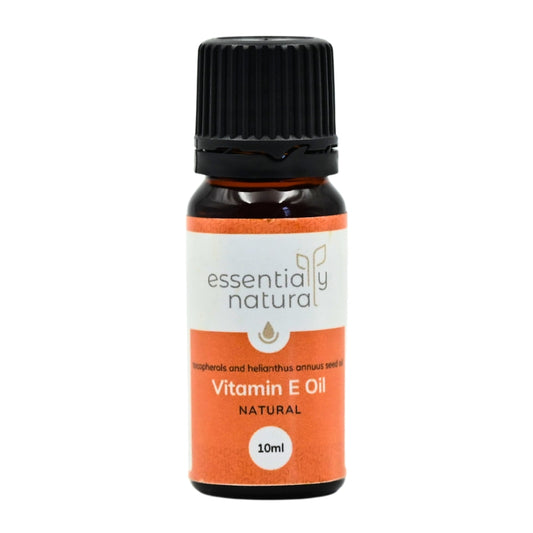
The Skin Barrier: Care, Repair & Protection
Juliette van der MeerOne of the major trends to emerge for 2023 was a focus on the skin barrier: caring for it, repairing it and most importantly, protecting it. We promised a more in-depth delve into the 2023 cosmetic trends, and we're kicking this journey off with a look at this vitally important part of our bodies: the skin barrier.
Our skin is our largest organ, protecting our insides from the outside world. It is made up of various cells, lipids (fats), ceramides, proteins and other substances. Our skin is just a thin layer ranging from 0.5mm on the eyelids to about 4mm thick on our heels, but it has many layers, each performing a vital role in keeping us healthy and balanced.
What are the Skin Layers?
The three main layers of the skin are the epidermis, dermis and subcutaneous layer (sometimes called the hypodermis), and each of these has sublayers. But let's just focus on the outermost layer, the epidermis, and its topmost sublayer, the stratum corneum. This is essentially what is meant by the 'skin barrier' and is the skin that we see when we look at ourselves.

What does the skin do?
This skin barrier has three main functions:
- Protecting from outside stressors like UV light and pollution.
- Retaining moisture to keep our body hydrated.
- Delivering nutrients to the deeper layers of the skin.
The skin barrier is what makes your skin look healthy or not. If the barrier is strong and in good condition your skin will appear smooth, hydrated and elastic, and will be less prone to sensitivities and irritation. However if the skin barrier is compromised, the skin may appear dry and dehydrated (this is caused by a process called transepidermal water loss or TEWL for short, and cosmetic scientists love throwing this term around!), and may be more prone to damage in various forms.
This is where the skin's microbiome comes into play. As we learned in the microbiome blogs, our skins are colonised at birth with various microbes, creating a microbiome on the surface. This microbiome contributes to the skin barrier and should ideally be balanced to help protect our skins. Damaging the microbiome weakens our skin barrier, but keeping it balanced helps keep our skin barrier strong.
So essentially, we want a strong and healthy skin barrier (and a balanced microbiome), and to avoid weakening it!
Unfortunately there are many internal and external factors that can impact the skin barrier, from genetics to lifestyle and eating habits, to stress, pollution, UV exposure, sleep levels, physical exfoliation, the list goes on. Which is why holistic skincare has come to the fore in recent years and is one of our trends for 2023 (link to blog). We will be exploring this further in a subsequent blog.
Caring For The Skin Barrier
What should we be doing for everyday care of our skin barrier? We need gentle, non-stripping cleansers, deeply hydrating products and then something to seal this moisture in to prevent TEWL, plus sunscreen to prevent UV damage. The products you use should be microbiome friendly, pH balanced to our skins, and contain no toxic or pore clogging ingredients.
Repairing A Damaged Skin Barrier
Many products on the shelves advertise themselves as barrier repair creams. This means the product contains soothing, hydrating and moisturising ingredients to help calm sensitive and irritated skins (i.e. a damaged skin barrier) and lock in moisture. With prolonged use, this should eventually help restore the skin barrier to health. It's actually pretty easy to formulate your own barrier repair cream once you know what ingredients to use - more on this below.
Protecting The Skin Barrier
Prevention is better than cure as they say! Protecting the skin barrier involves avoiding as many internal and external damaging factors as possible: drink lots of water, eat a balanced diet, try not to stress too much, and use sunscreen is essentially the gist of that - not quite as easy in practice as it was to write that sentence! Additionally, one should use the barrier-caring products mentioned above. Ways of protecting the skin barrier will be explored more in the holistic skincare blog to come.





















